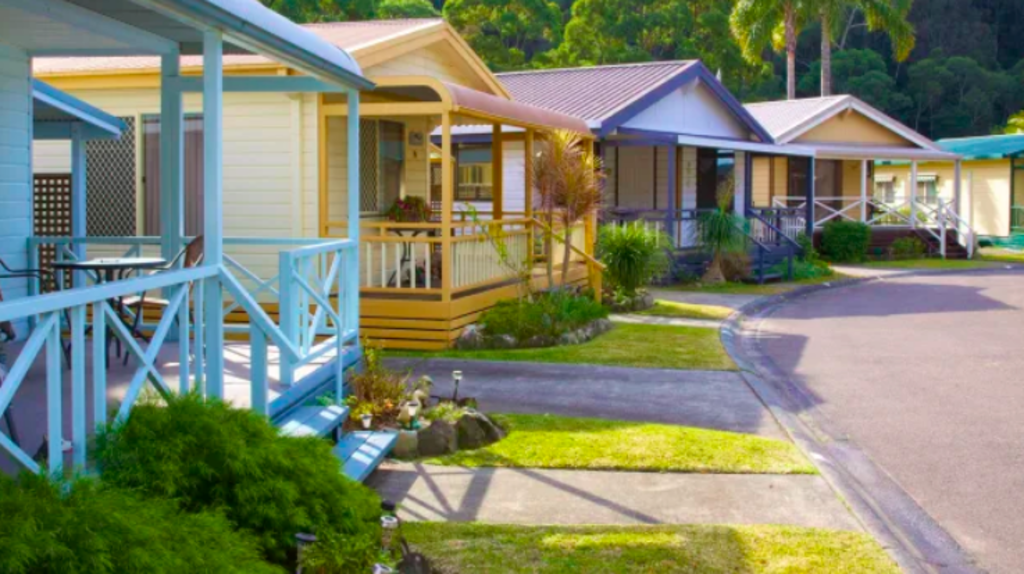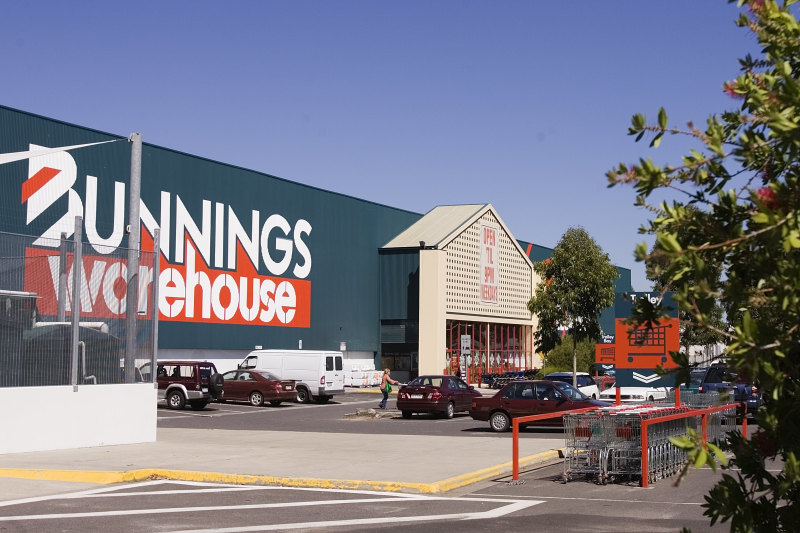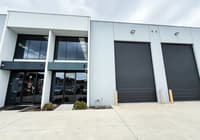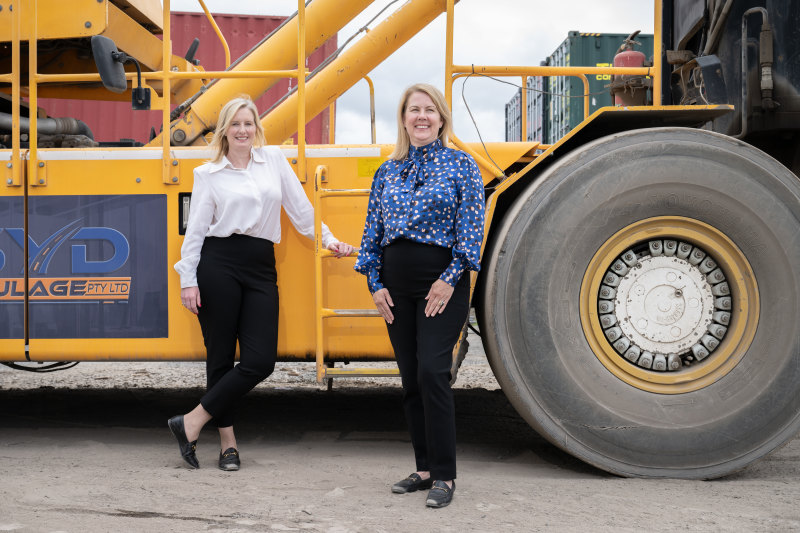
Affordable retirement communities pique mainstream investing interest
Australian low-cost lifestyle villages or manufactured housing estates are hitting the sweet spot of higher-returning assets for commercial property investors in a low-yield, low-interest-rate world and also meet the housing need of a generation of downsizing babyboomers, Goldman Sachs analysts say.
The housing affordability problem, short supply of downsizing dwellings and lack of retirement savings for many people entering retirement are set to drive the expansion of the sector, which also offers investors higher returns, a new Goldmans research note says.
Developers in the so-called residential land lease community sector, such as ASX-listed Lifestyle Communities and Ingenia Communities sell homes to over 55s and also receive rental payments for the land on which those dwellings sit.
Goldmans has cut its cap rate, or yield, assumptions for high-quality, mature assets in the sector to 4.5 per cent from the 5.5 per cent rate that analyst Michael Peet set in July 2016 when initiating coverage into the sector.
“We believe our lower cap rate (high valuation) for quality portfolio RLLC assets is justified based on … the continued evolution of the RLLC sector into an investment grade REIT sub-sector in Australia, the decline in bond yields to record lows and the entry of international corporates and investors into the market,” Mr Peet wrote in a research note published earlier this month.
The sector offers a way to provide housing for the generation of downsizing lower-income Australians who own their home but do not have other resources to fall back on. It has been gaining attention from investors and rivals alike.
Last year, Singaporean sovereign wealth fund GIC acquired private equity-backed operator National Lifestyle Villages, and Hometown America beat out Brookfield with a $685 million-bid for Gateway Lifestyle.
Residential giant Stockland said it would enter the sector after finding its traditional retirement living product struggled to compete with the more affordable version, which also benefits from Commonwealth Rental Assistance subsidies, in price-sensitive growth corridors. The company has earmarked 10 sites for new communities, totalling 2000 homes.
Australia’s market – with an annual new-build total of about 2000 homes – is still immature by comparison with the US . Even if it grows to as many as 10,000 new homes annually over the next 25 years, that will still only be 6 per cent of new dwellings constructed, compared with the US figure of 10 per cent, Mr Peet said.
In addition, the Australian sector was likely to be lower-risk than its US counterpart as customers in this country were more likely to own their homes outright, while tenants in the US were more likely to borrow against the value of their asset.
Further, the sector in Australia was likely to be more secure than office, retail or industrial rents, as mature assets would have full occupancy – as in the US, tenants can walk away from rental agreements as easily as they can in the mortgage market – and would likely have inflation-linked increases built into tenancy agreements.
“We believe the growing scale and availability of RLLCs is attracting corporates, institutions, REITs, family offices, local super funds and global pension funds into the sector,” Mr Peet said.
“This should continue to drive investment in the sector, increasing liquidity and asset quality over time; factors we see directly contributing to the tightening in cap rates.”
Lifestyle Communities managing director James Kelly agreed.
“Everyone’s recognised that housing over-55s is a mega trend,” he told The Australian Financial Review. “The question is now ‘How do you get exposure to it?'”
Ingenia chief executive Simon Owen said the low interest rate environment in the US was also triggering cap-rate compression in that much larger market as investors pushed capital into higher-yielding assets.
“We’re now seeing quality manufactured housing estate communities in the states like Florida and Arizona there with a ‘3’ cap in front of them,” Mr Owen told the Financial Review.
“If anything, the gap between where assets trade in the US and where they trade in Australia has got a bit wider.”











